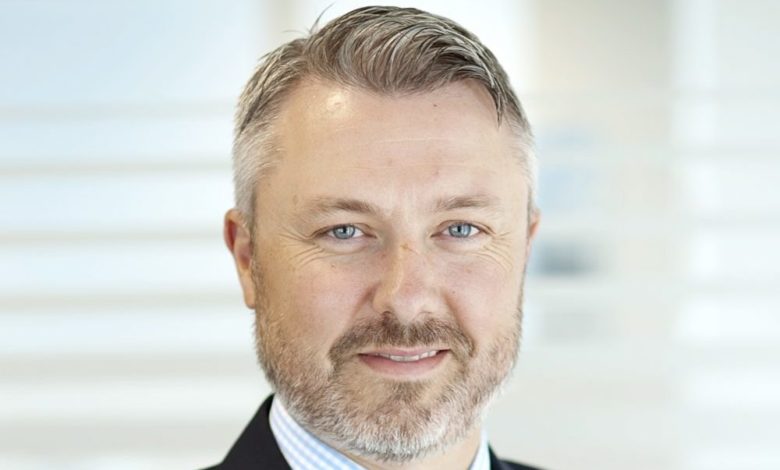Topaz: What it will take to revive the OSV sector

After many years of dire returns sparking huge consolidation within the sector, are offshore support vessels finally poised for a revival?
Rene Kofod-Olsen, CEO of Dubai-based OSV operator Topaz, reckons there is reason to be optimistic.
“While the price of Brent continues to be volatile, it is at a more constructive level. And so, investments will now need to increase to meet the rising demand – both on new assets and importantly on maintenance of existing assets,” says Kofod-Olsen, adding that there are already many exciting offshore projects underway as E&P companies have reduced the breakeven capex levels of projects during the downturn – in some cases by as much as 50% – making offshore projects very competitive.
Kofod-Olsen believes the OSV sector is in the middle of an evolution and the sector will largely be directed by the larger more diversified operators as customers no longer want to deal with several suppliers, which will most definitely require further OSV consolidation.
“The way we see the industry evolving, is that some companies will take over additional planning of the customer supply chain, handling their logistics planning and execution,” he says.
As for the company’s operations, Kofod-Olsen says Topaz has increasingly moved away from its previous strategy of simply being an asset provider to a solution-oriented business.
Kofod-Olsen has been with Topaz since 2012. Prior to that he was with Maersk for nearly 16 years.
“We aggressively reduced costs, but also challenged the status quo, by daring to position ourselves to be an even stronger partner to our clients – moving with them in the rapidly-changing marketplace to add value through distinct, more tailored services and solutions,” Kofod-Olsen says.
Topaz has added selected new services to its portfolio, and integrated IT capabilities, allowing it to take on a bigger part of its customers’ supply chains.
Kofod-Olsen expects the currently laid up vessels, accounting for 30% of the global fleet, to reduce the supply of tonnage permanently and start to balance future supply and demand, as more than half of the laidup vessels are over 30 years old and would be expensive to reactivate.
Topaz sold five vessels for scrap during 2018 as the reactivation cost simply exceeded the earning potential of the vessels, despite being only 10-12 years old.
“It is critical that none of us go on any spending sprees or reactivate vessels without thought – bringing older vessels back to service comes at a very high cost and the safety implications can also be significant,” warns Kofod-Olsen.
“The market is performing in the right direction. To sustain the expected demand, an additional 60m barrels of oil need to be brought onstream by 2023, which will require upstream capex to increase significantly,” Kofod-Olsen concludes.
